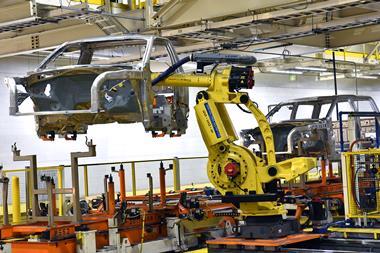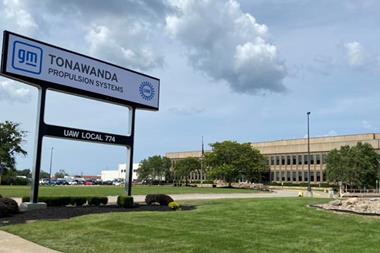US - Honda is buying renewable energy to sell back to the grid in order to offset emissions from its manufacturing facilities
Honda has recently entered into long-term virtual power purchase agreements (VPPAs) for renewable wind and solar power that will cover more than 60% of the electricity it uses in its North America plants. According to research organisation BloombergNEF, this positions Honda as one of the world’s top carmakers in the adoption of renewable energy to power its operations.

The plan is to first purchase 530,000mwh/year from 120mw of wind power generated by a wind farm in Oklahoma. This will take place in 2020. In the following year, Honda will secure an additional 482,000mwh/year from 200mw of solar power generation produced at a facility in Texas. Combined, these purchases mark the largest renewable energy procurement commitment by a carmaker, and one of the largest VPPA commitments in the US.
The VPPAs are expected to offset around 800,000 metric tonnes of CO2 emissions every year. However, the renewable energy purchased in the VPPAs will not go directly to Honda’s plants. Instead, it is sold back to the grid, reducing the amount of electricity generated by fossil fuels.
“These combined VPPAs will help Honda meet its CO2 reduction goals by adding clean renewable electricity and by de-carbonising the electricity grid,” explained Ryan Harty, manager, connected and environmental business development at American Honda. “We hope the addition of a ‘collar’ to the Boiling Springs project will encourage other companies to consider VPPAs as a method to secure renewable power and reduce climate-altering carbon emissions.”
In order to safeguard itself in the event of a change to energy prices, Honda has implemented a ‘collar contract structure’ for the VPPA that covers wind power. This sets upper and lower bounds on price fluctuations, minimising the company’s exposure while also resulting in stable revenues for the renewable power operators.
Honda has a number of plants scattered across Ohio, Indiana and Alabama. Around 21% of electricity used in these plants comes from low- and zero-CO2 sources. To date, the OEM has installed 7.3mw of its own renewable wind and solar power to help power these facilities. Back in 2018, it installed one of California’s largest corporate on-site solar farms at its campus in Torrance. This is generating around 3,000mwh every year to offset 30% of the electricity used at the facility.








































No comments yet